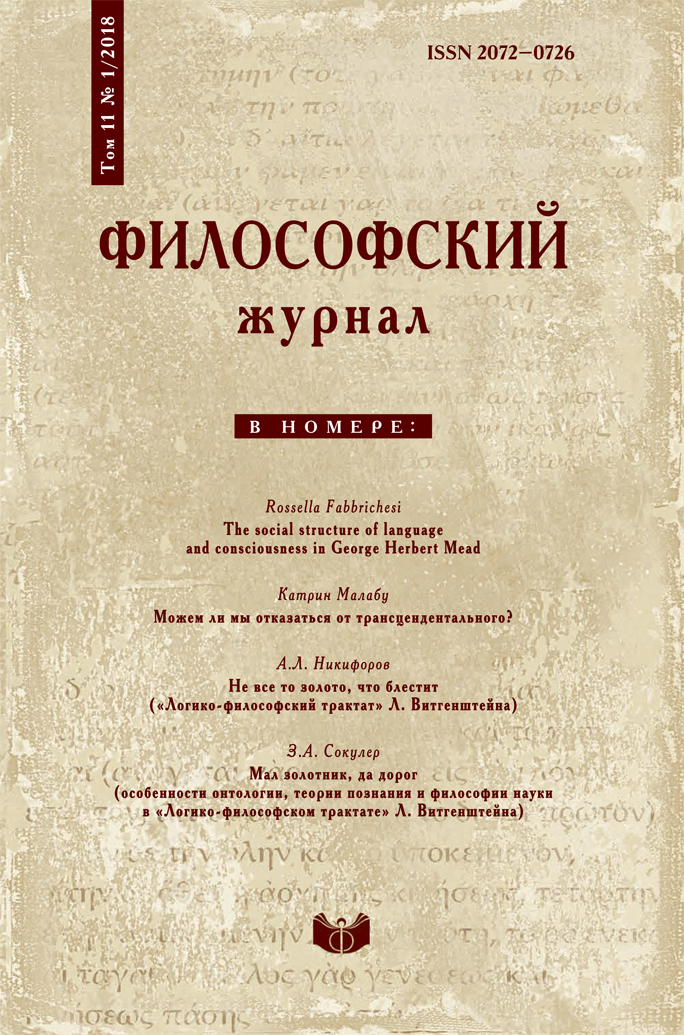Конгломерат или структурность? К проблеме методологии исторического знания
DOI:
https://doi.org/10.21146/2072-0726-2018-11-1-62-80Ключевые слова:
субъект-предикатное конструирование, пропозиция, рациональность, мышление, методология, история, структура-ẖabar, музыкаАннотация
Объектом исследования является структурная единица исторического нарратива, определяемая в источниках IX–XV вв. на арабском и персидском языках термином ẖabar. Центральный вопрос: является ли тип субъект-предикатного конструирования, или глубинная логическая структура предикации, протекающая по формуле S (процесс) P, основанием для построения структуры-ẖabar. Результат анализа различных текстов показал, что сообщение-ẖabar имеет единую структуру, не зависящую от грамматики языка, и реализуется в разных литературных жанрах на основе гештальта «опирания» как целостного образа, который материализуется как в вербальных, так и в невербальных текстах. Обоснована взаимозависимость методологии исторического знания и силовых линий смыслополагания изучаемой культуры.






